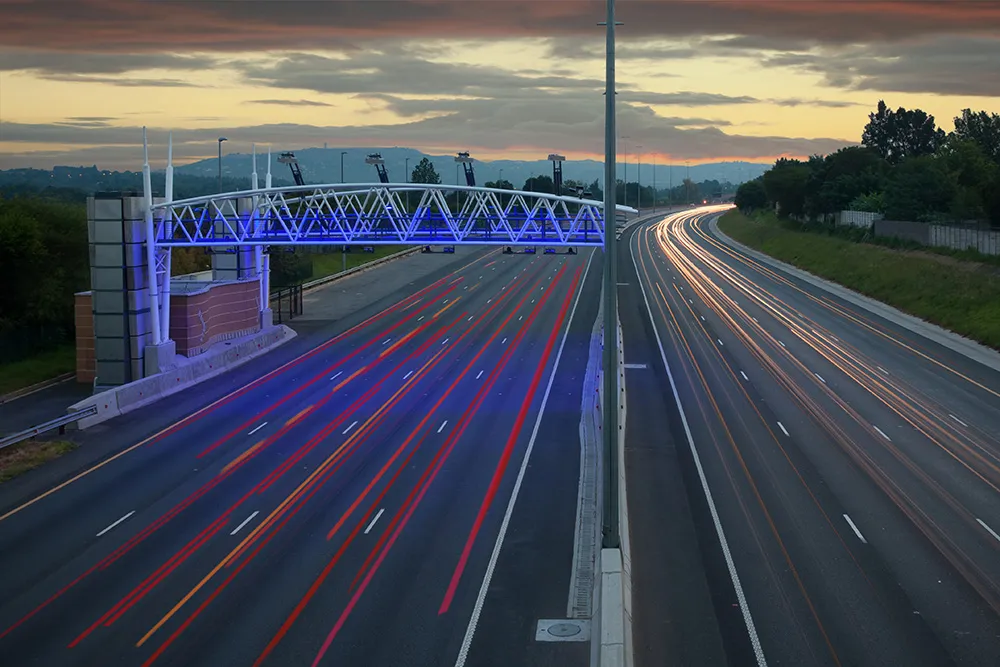Emovis has announced its toll interoperability cloud-based hub in Ireland has cleared more than 50 million cleared in 2017. The solution is intends to allow drivers to travel with one toll tag across the whole country. The company says there are more than 650,000 toll transponders in use as of January 2018.
March 21, 2018
Read time: 1 min
The company says there are more than 650,000 toll transponders in use as of January 2018.










